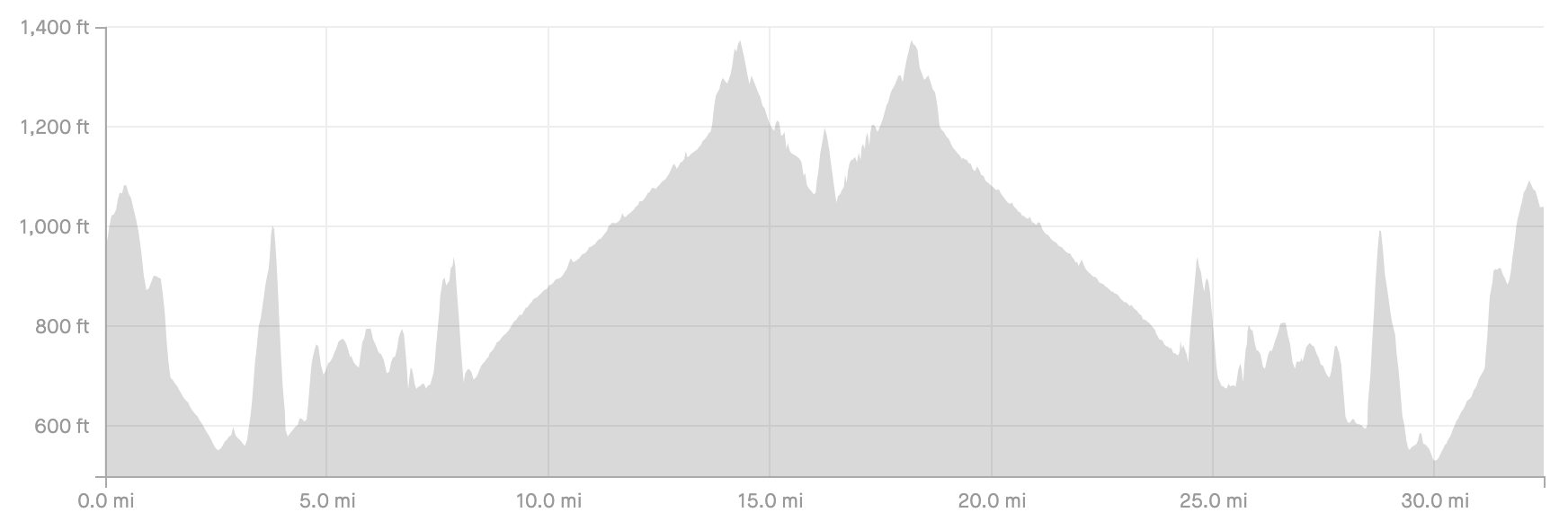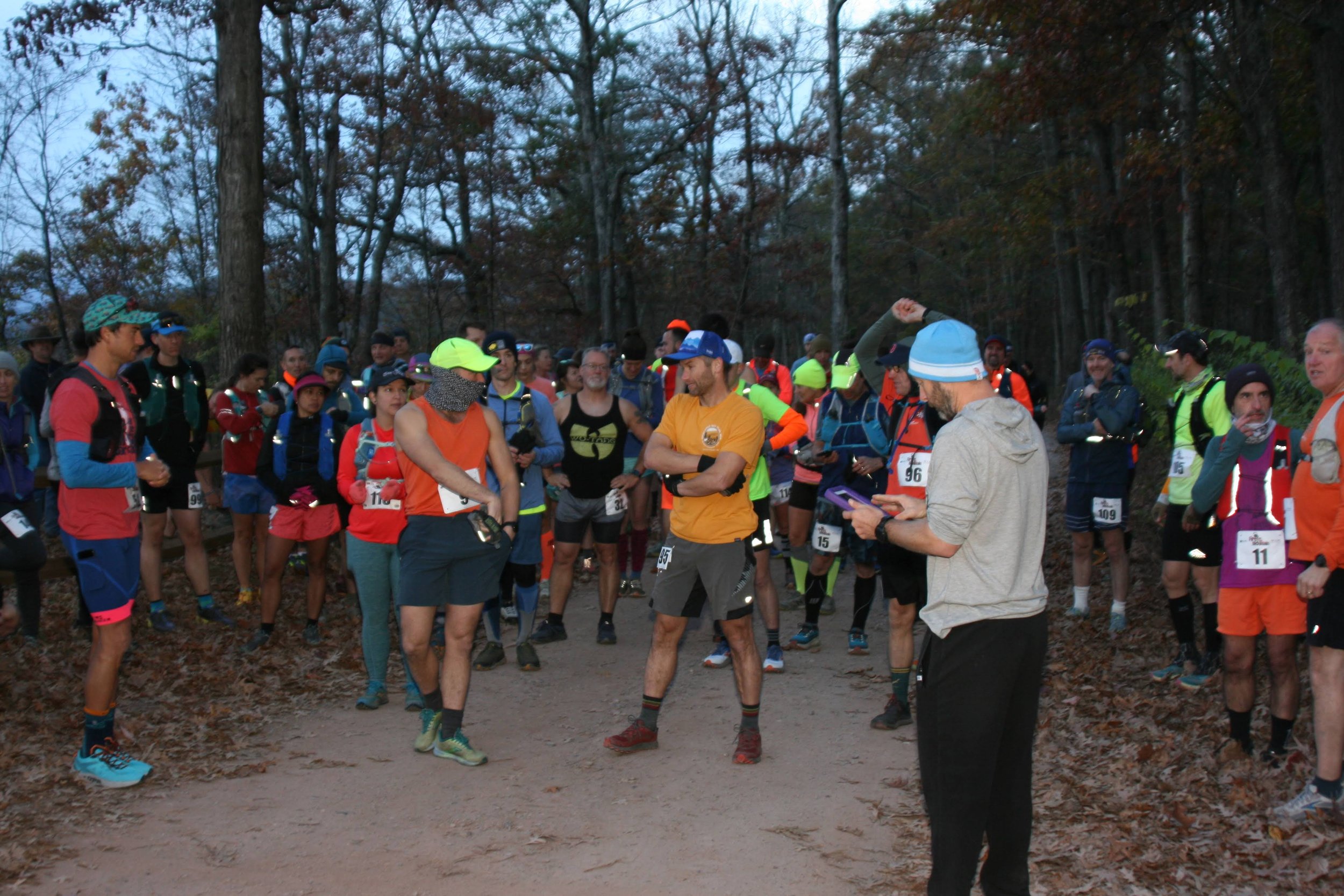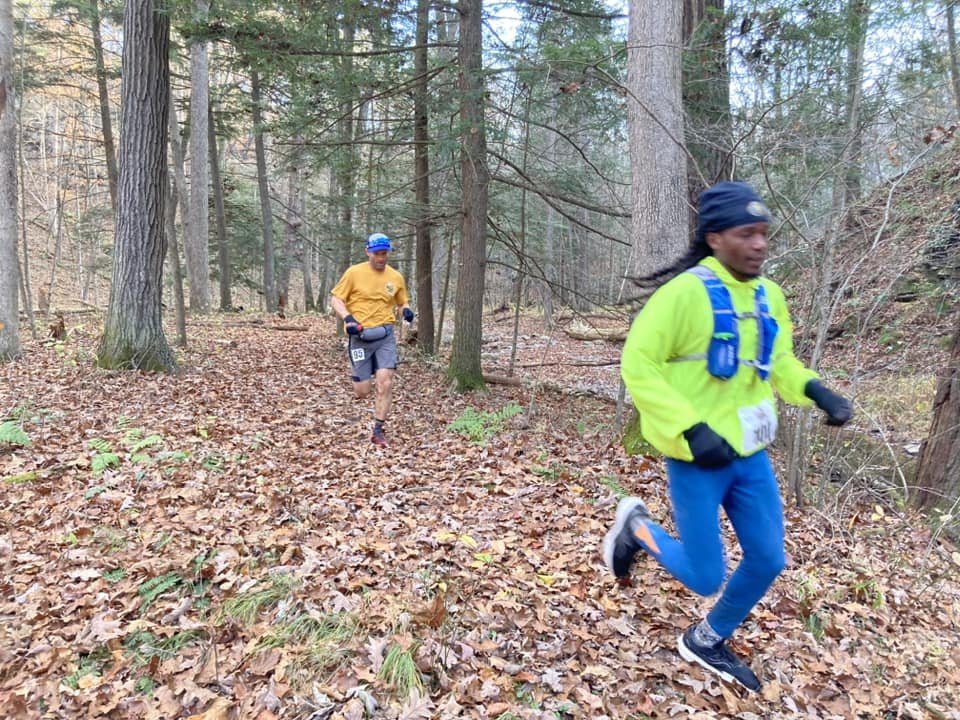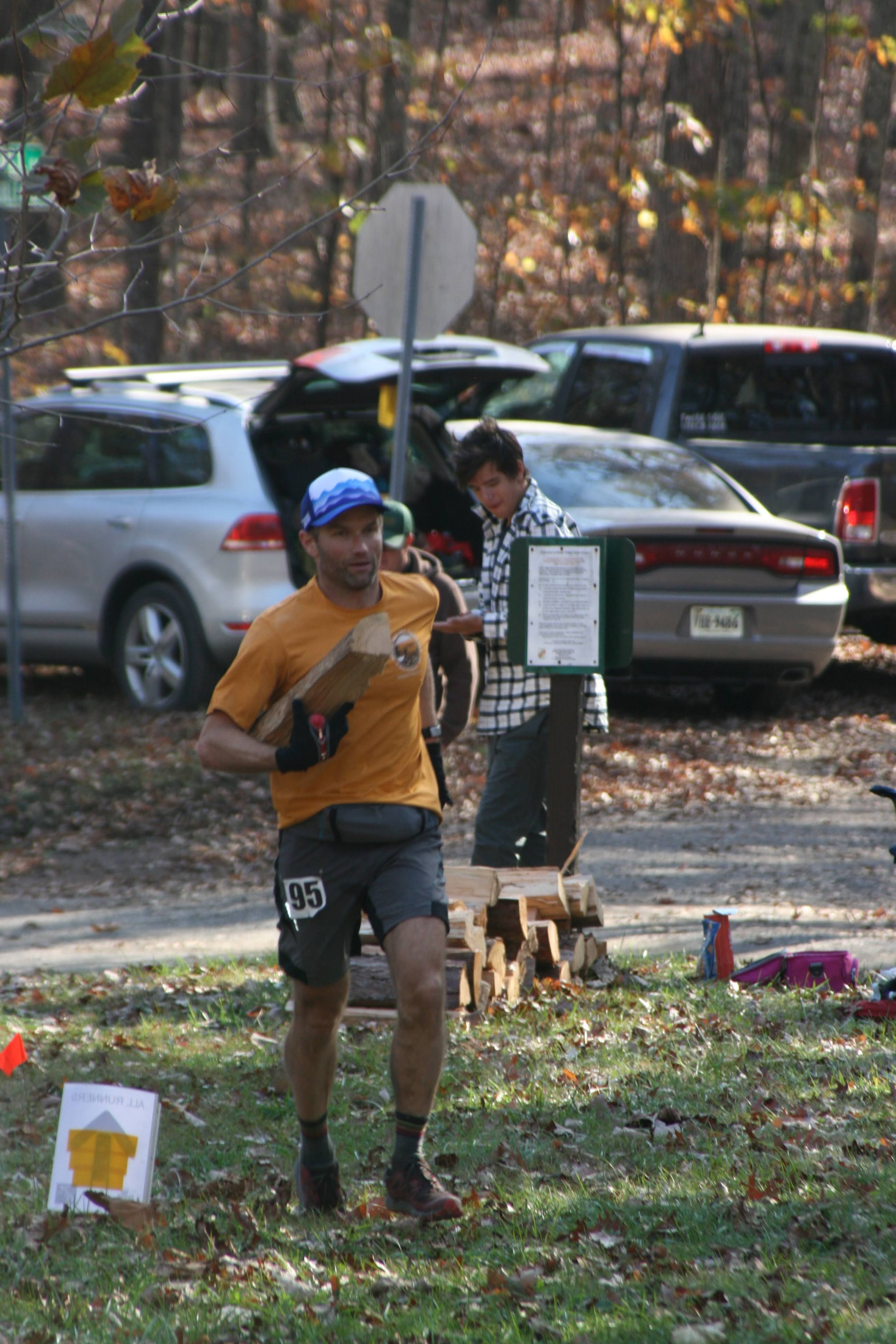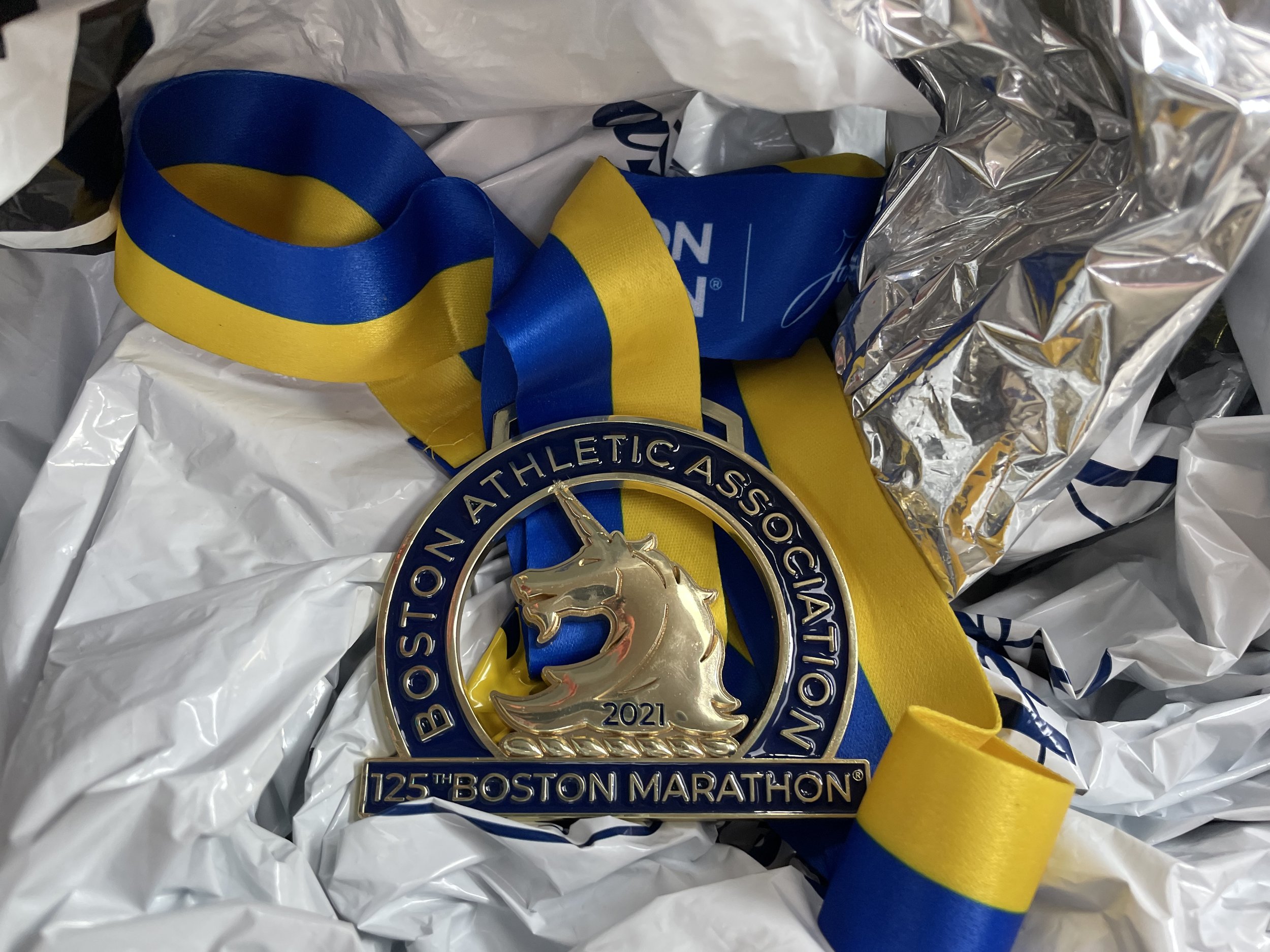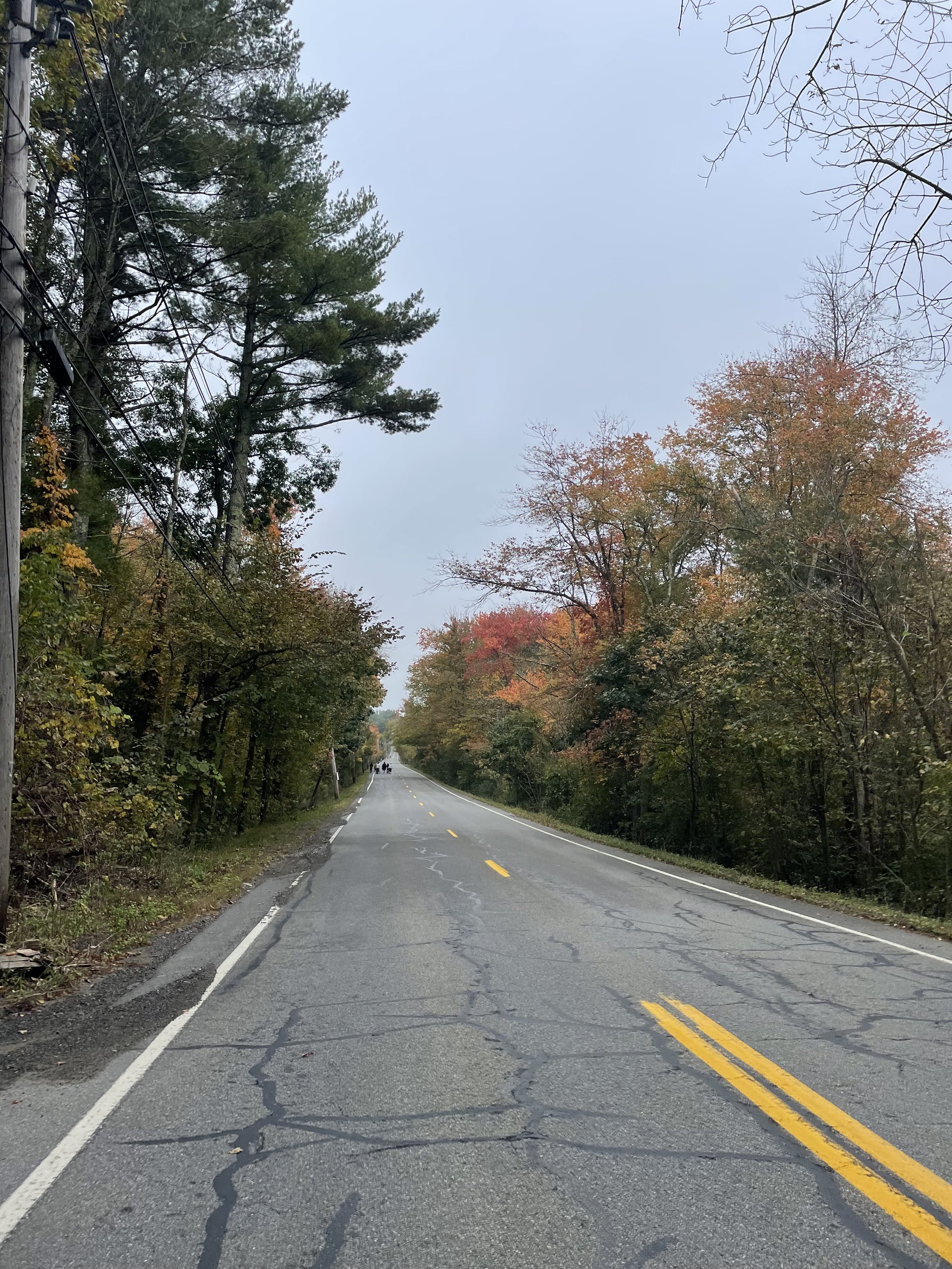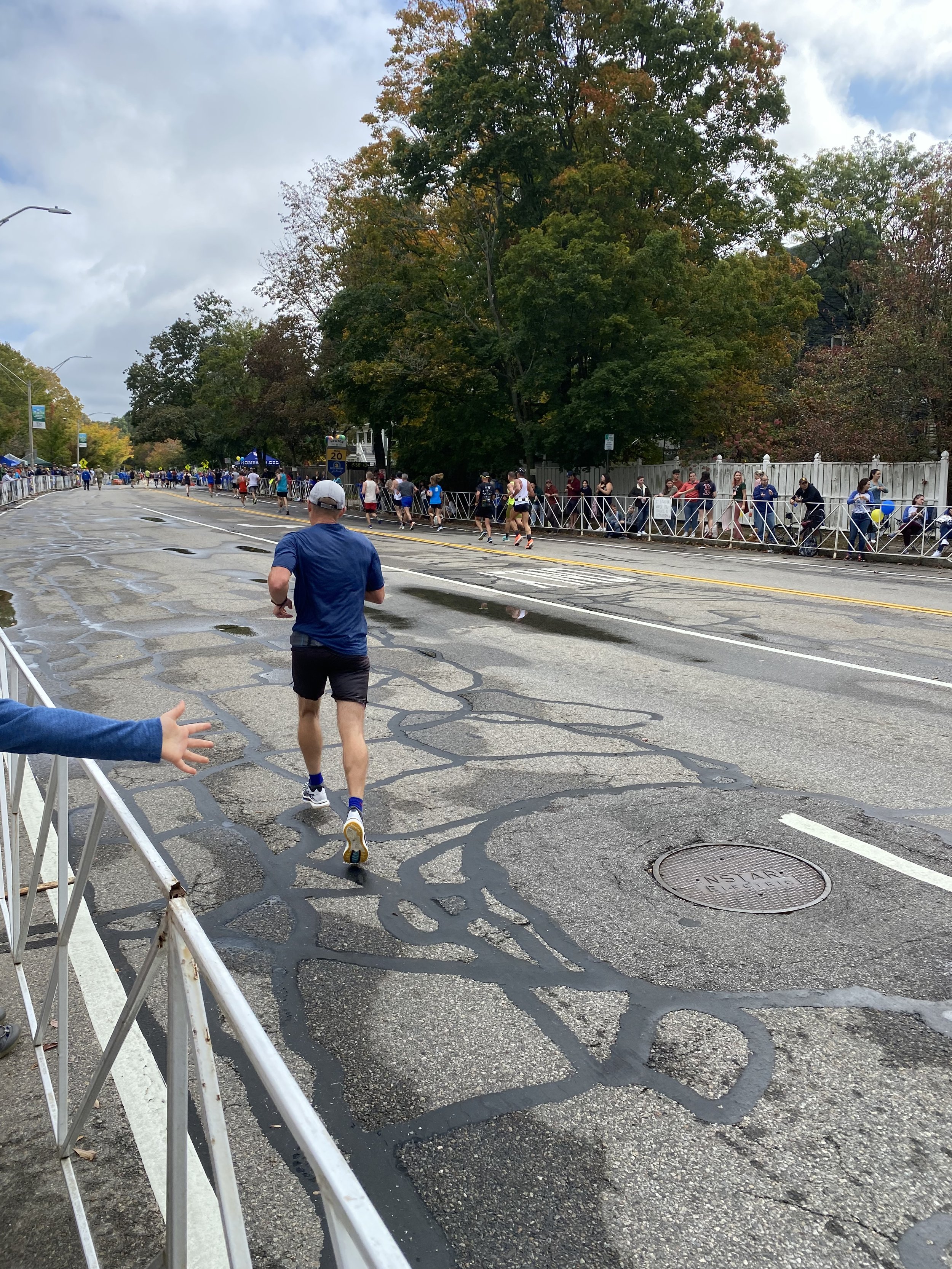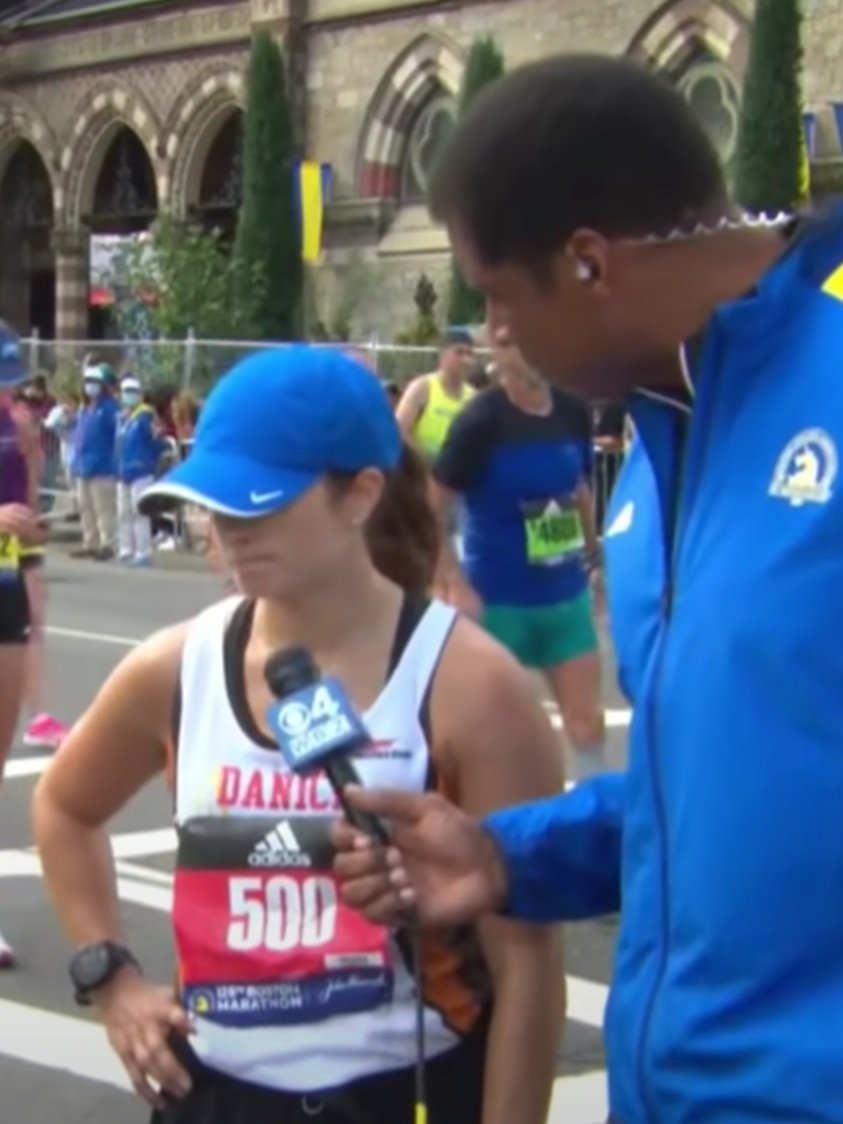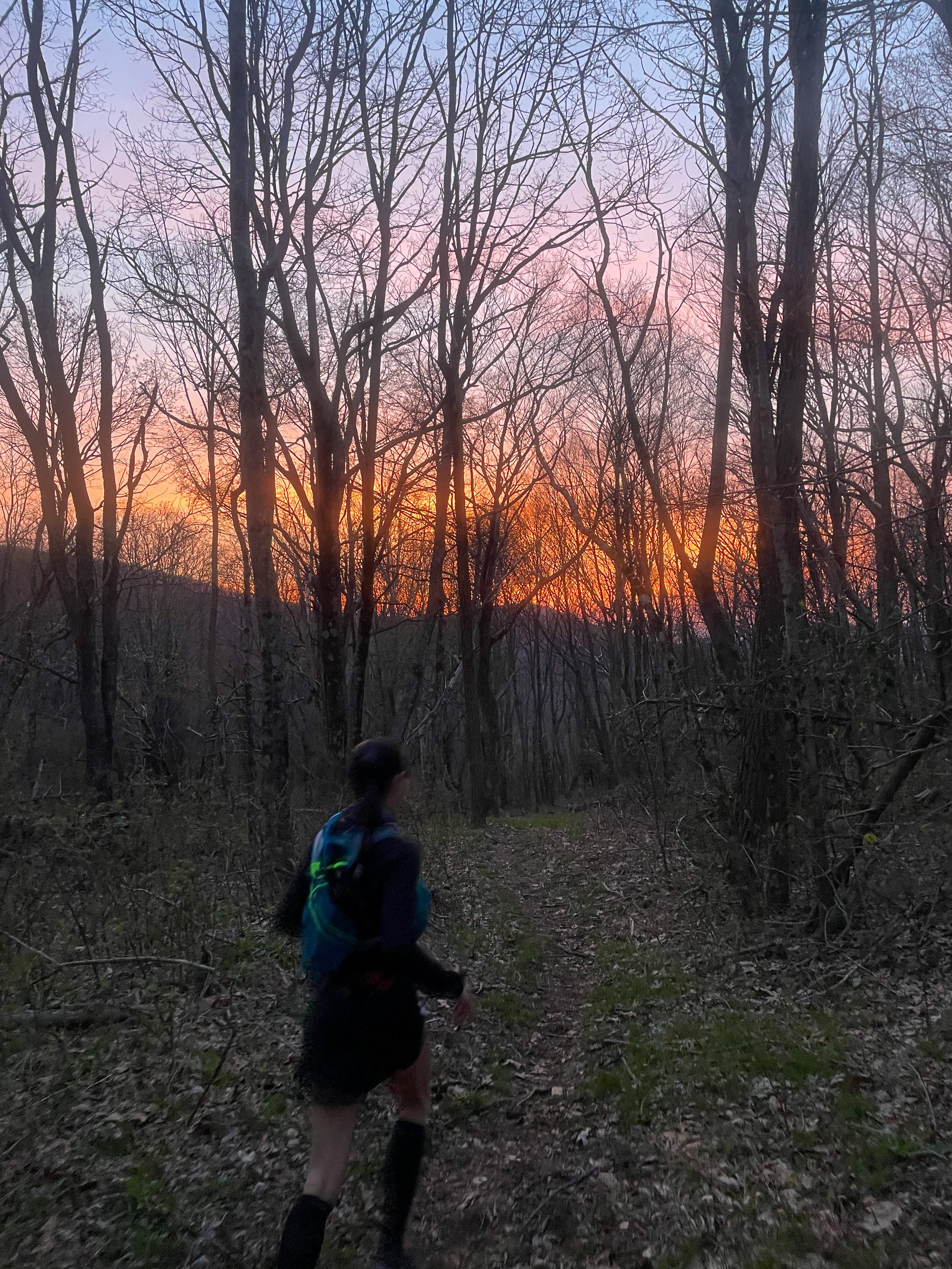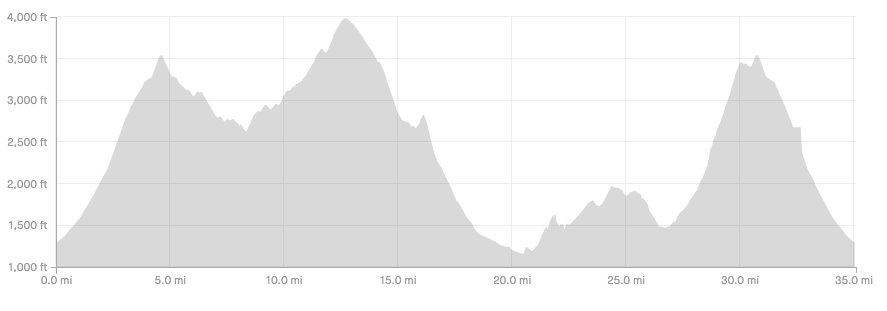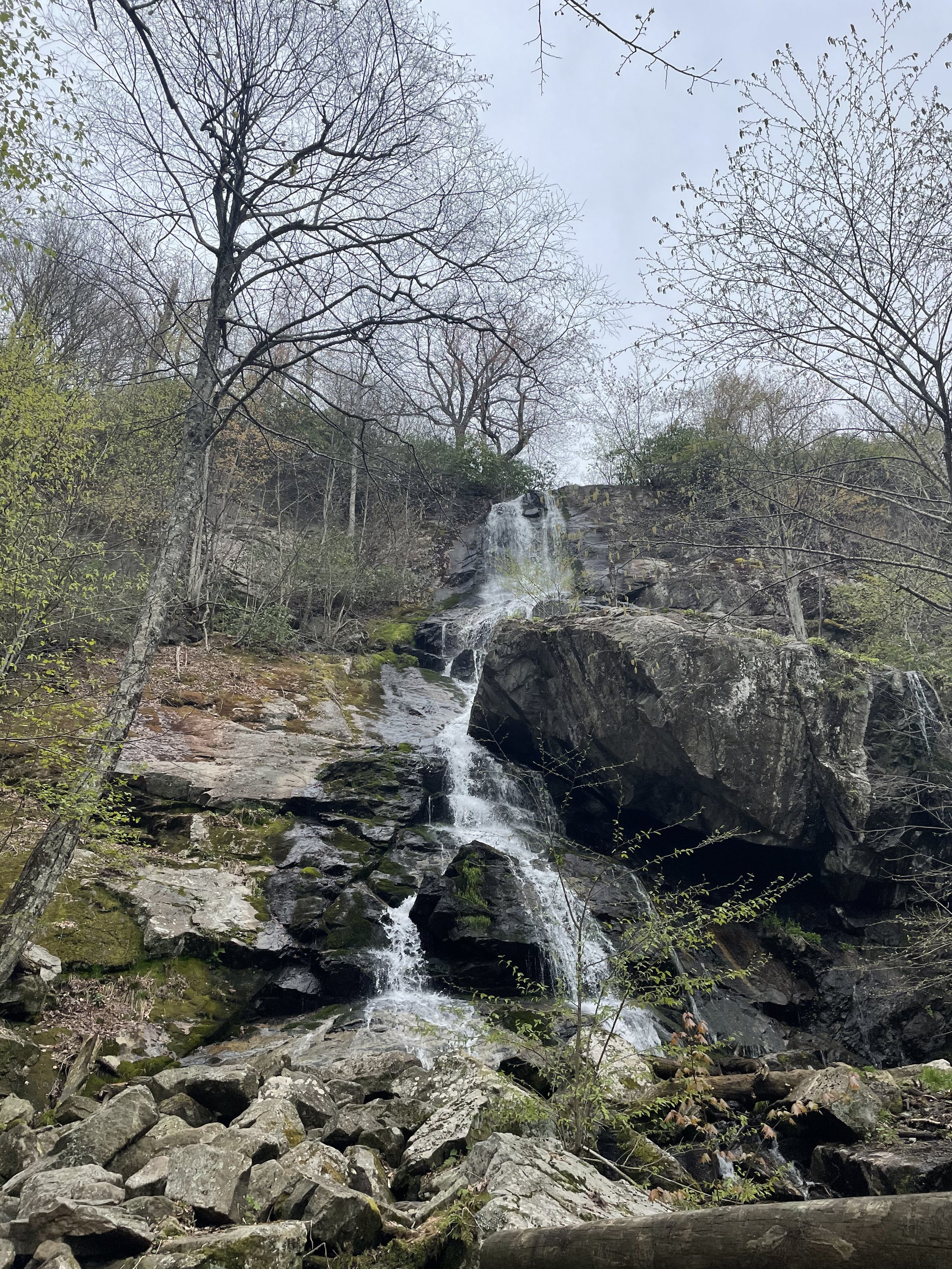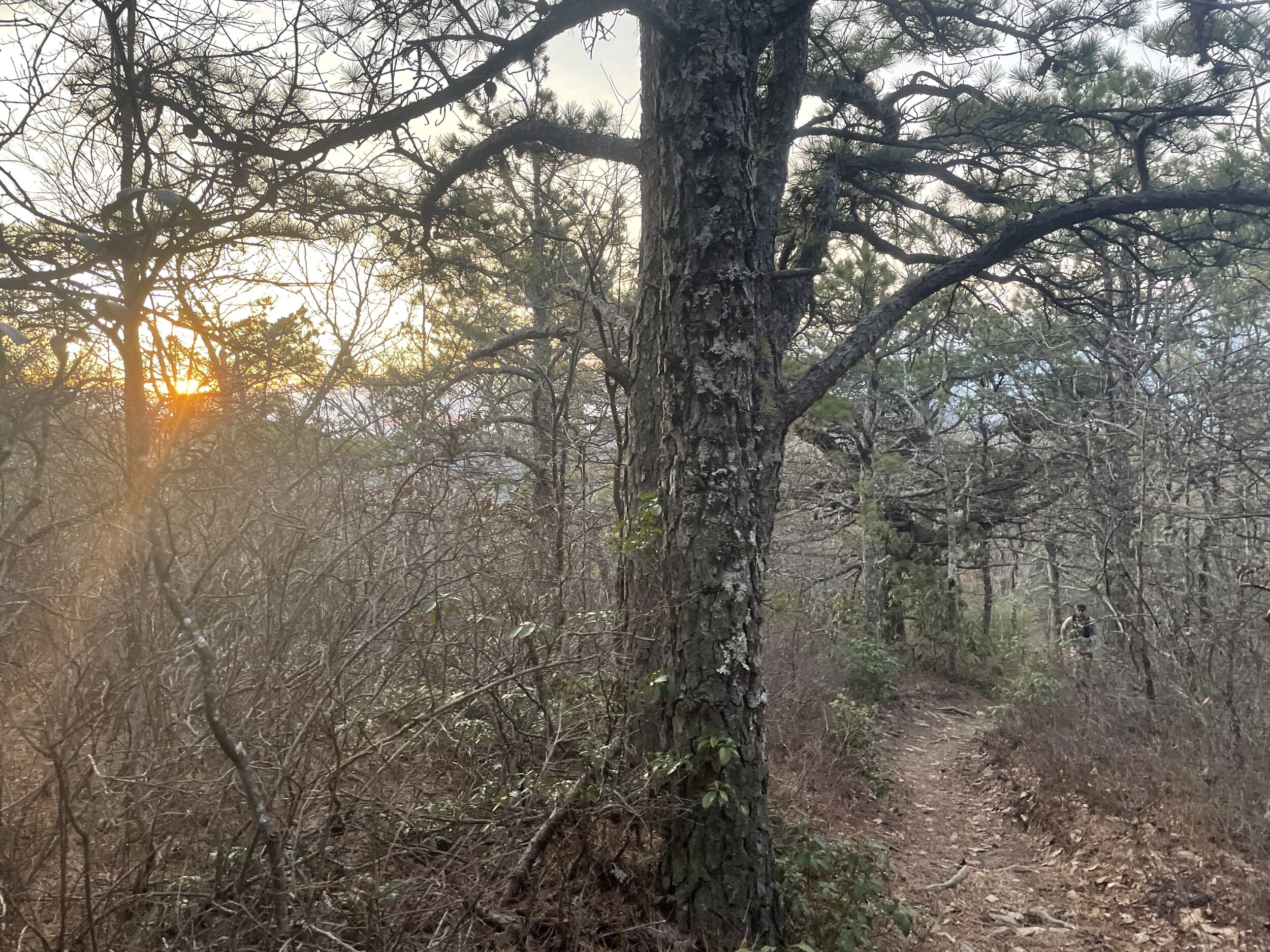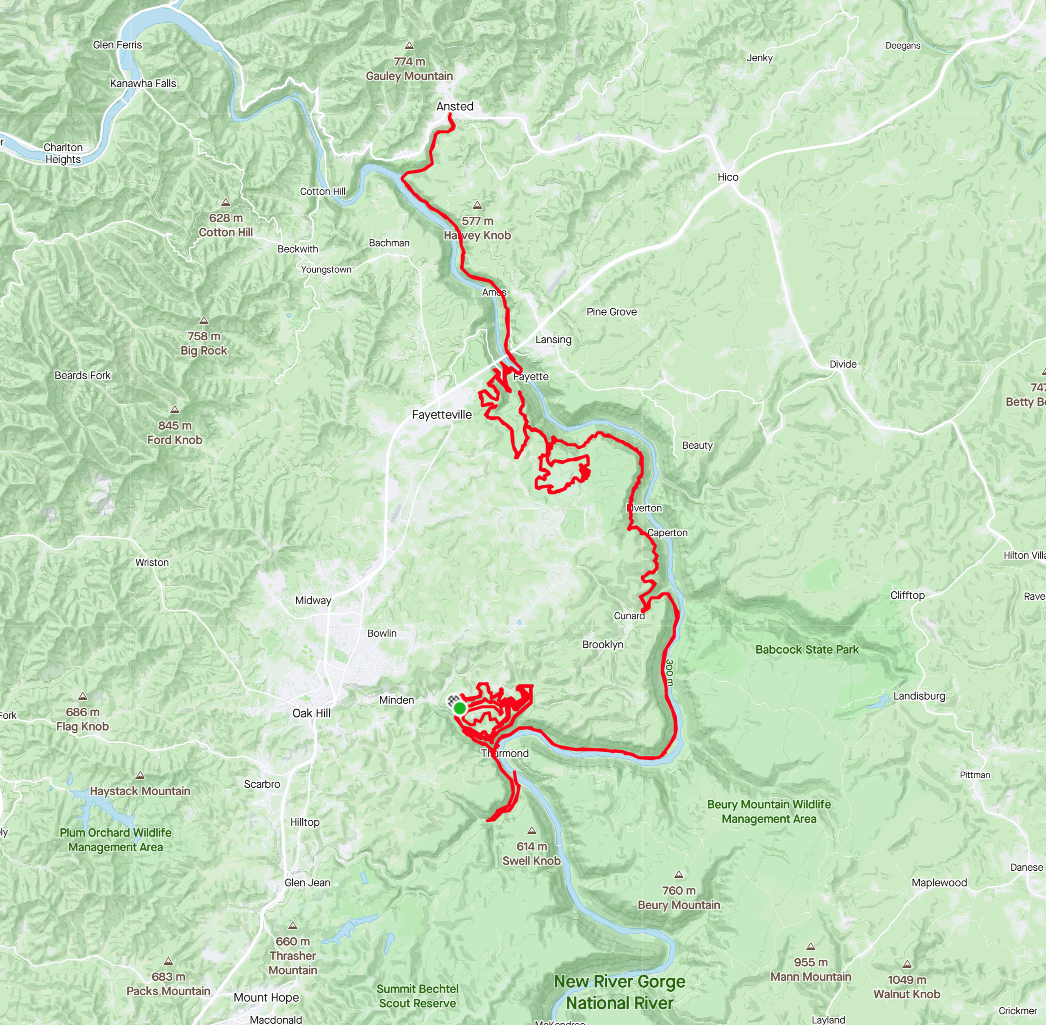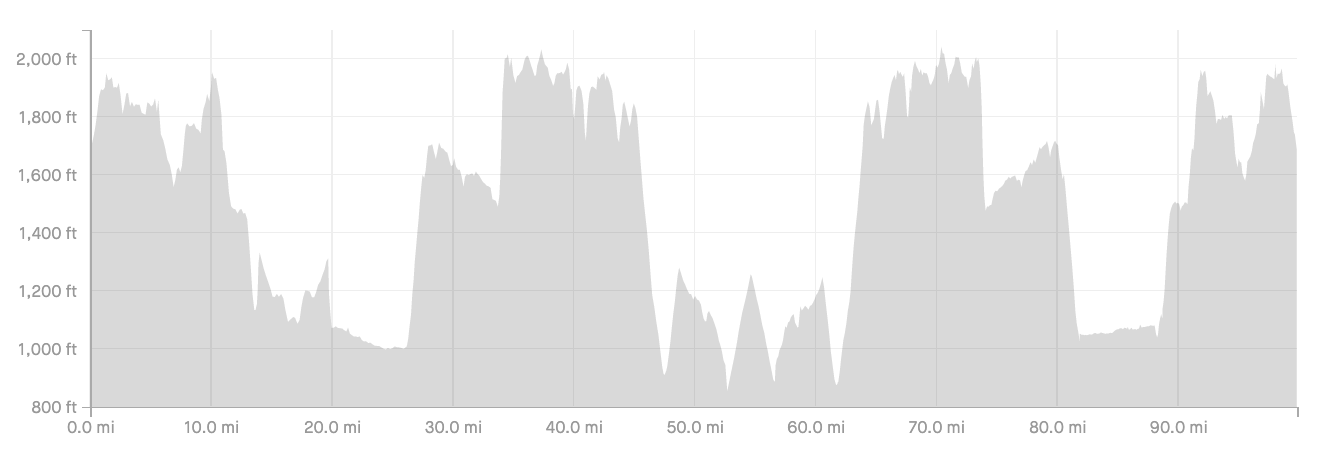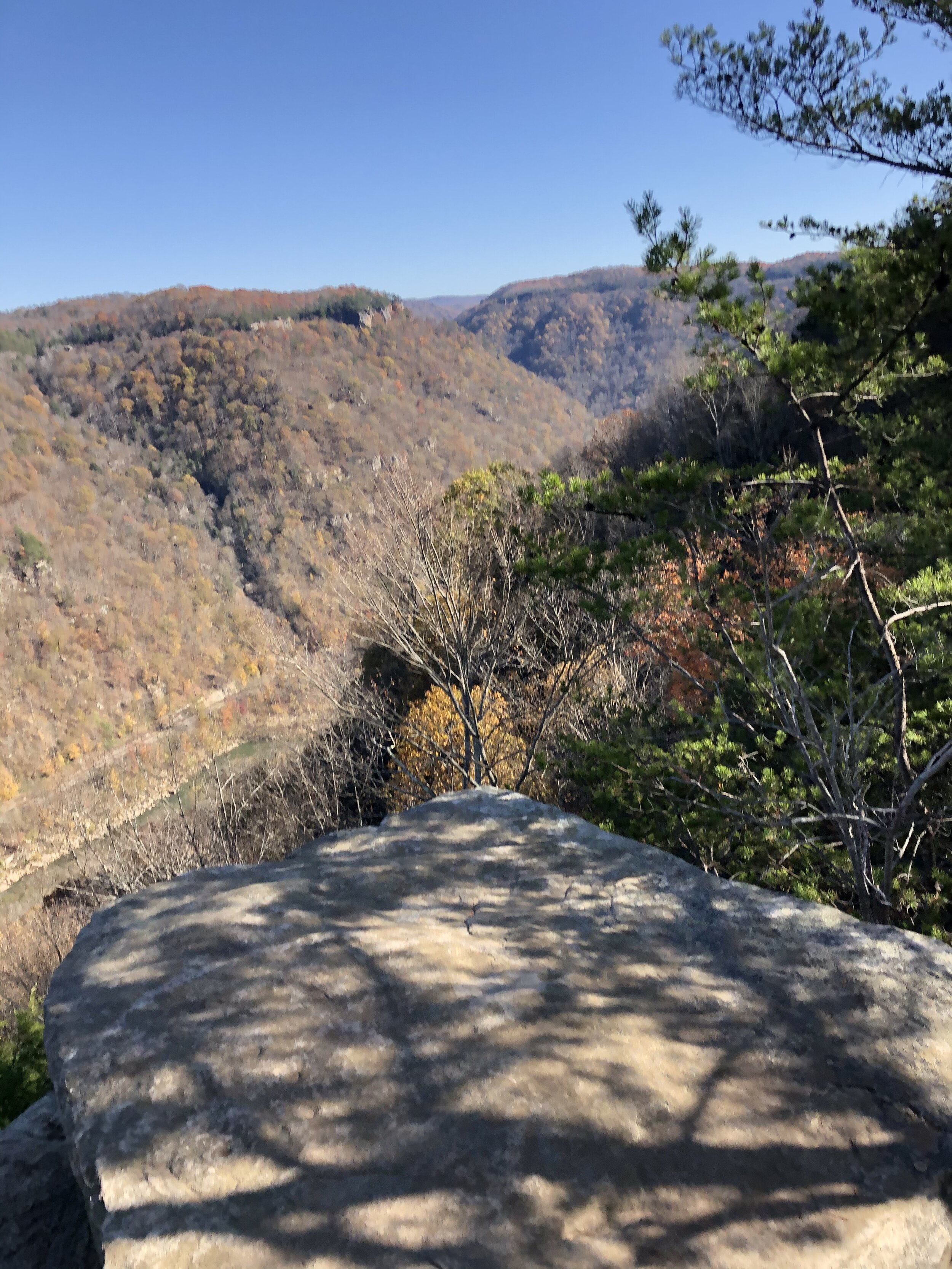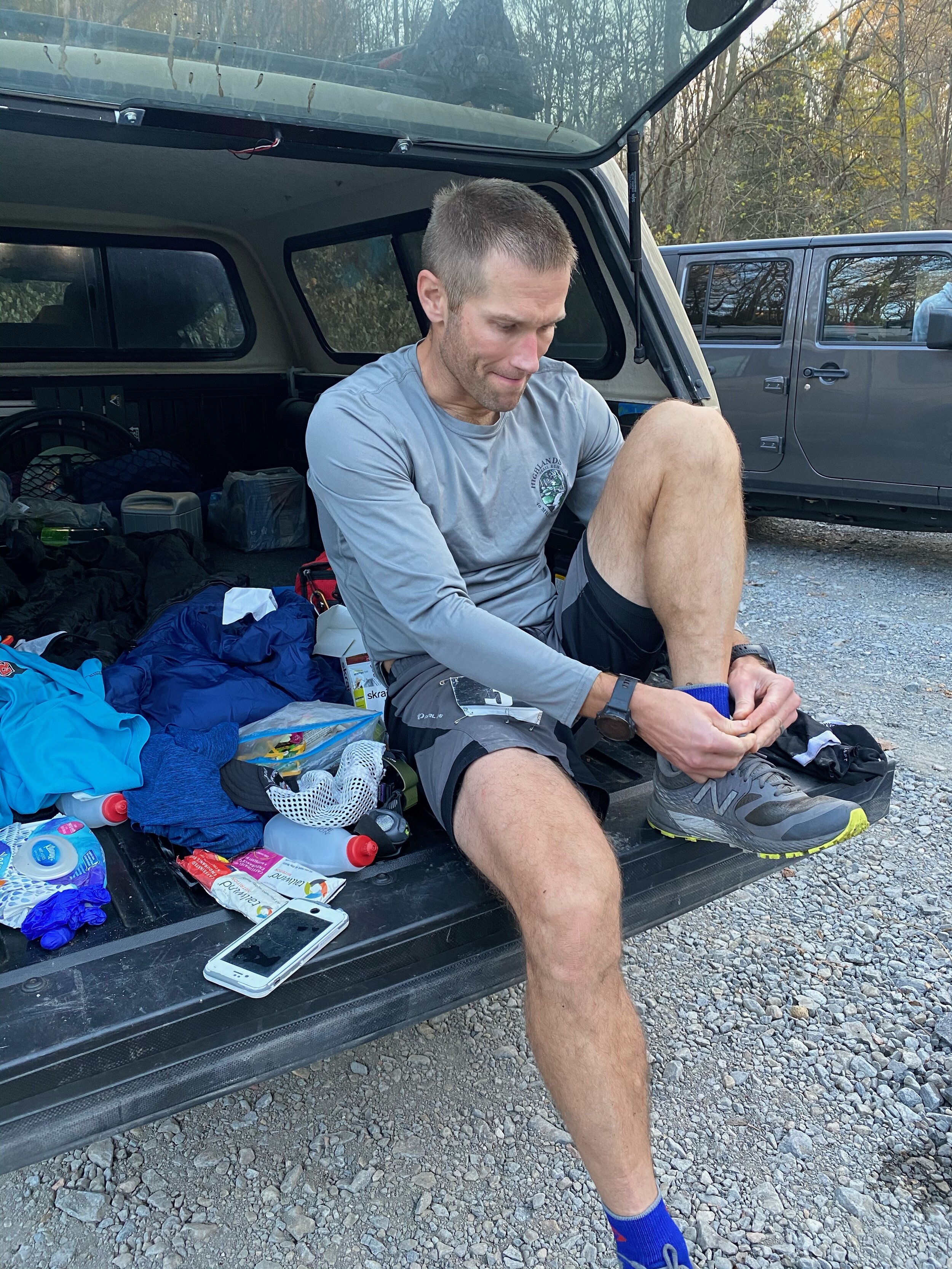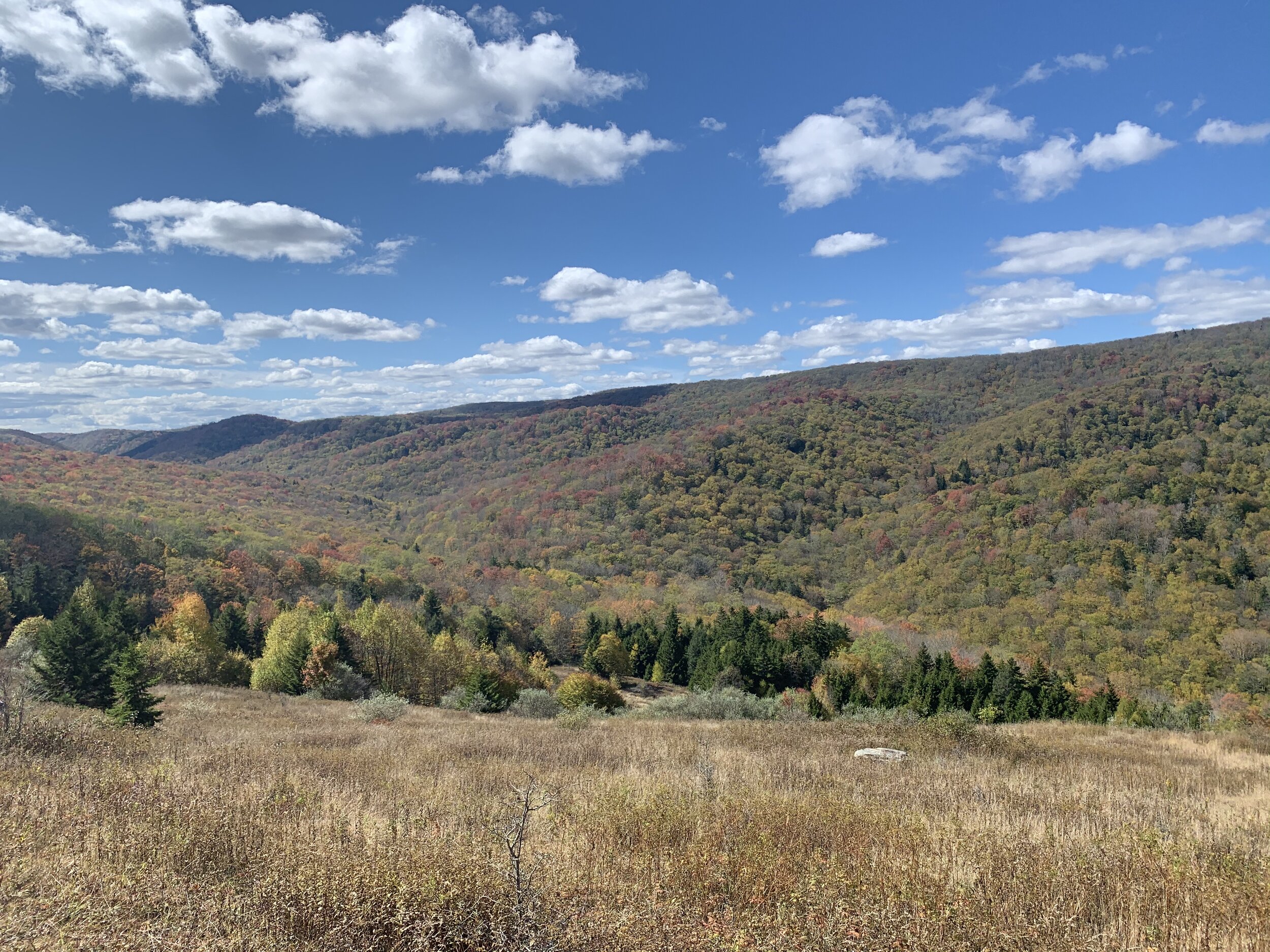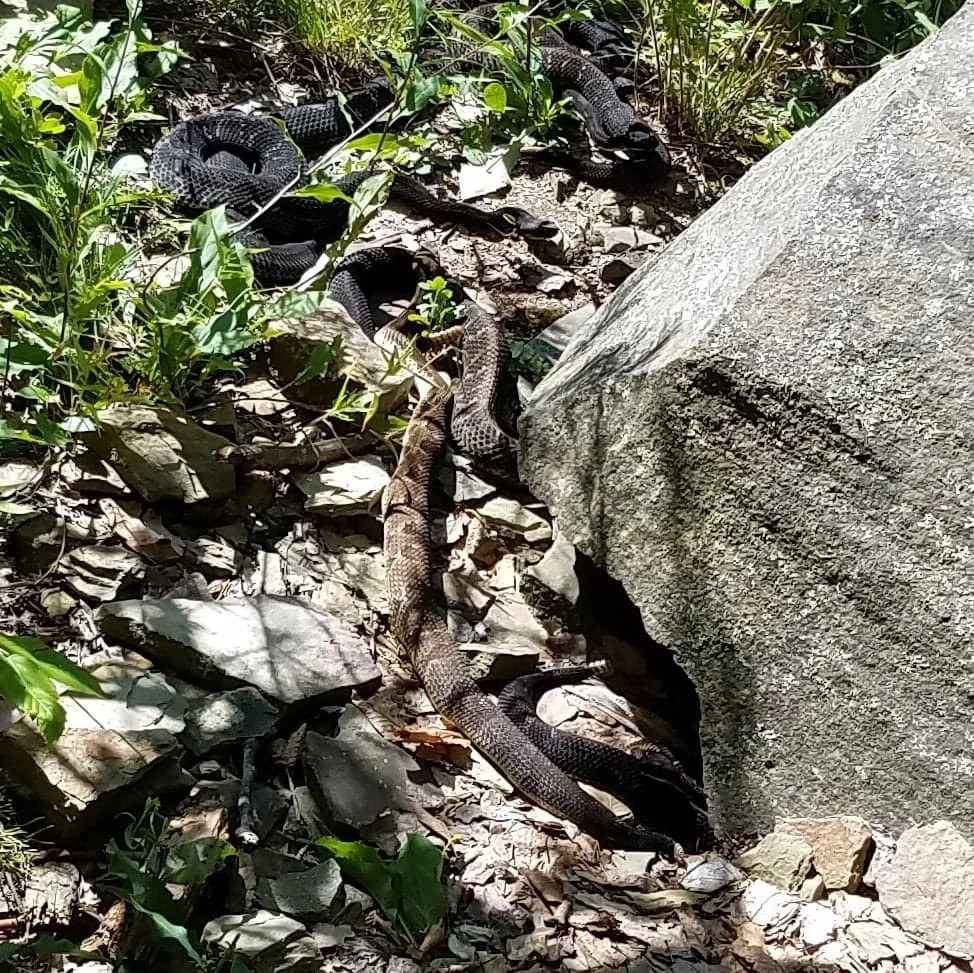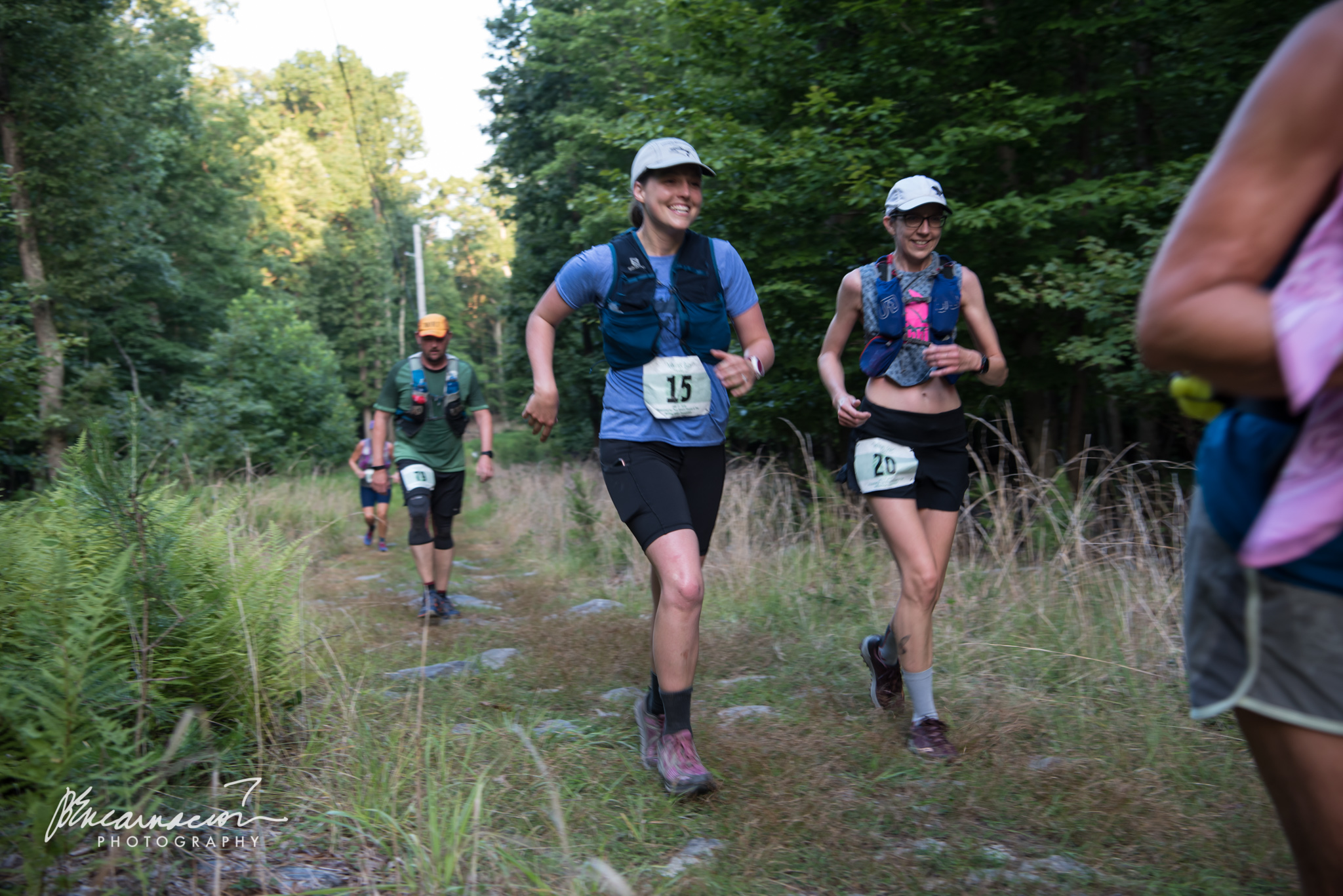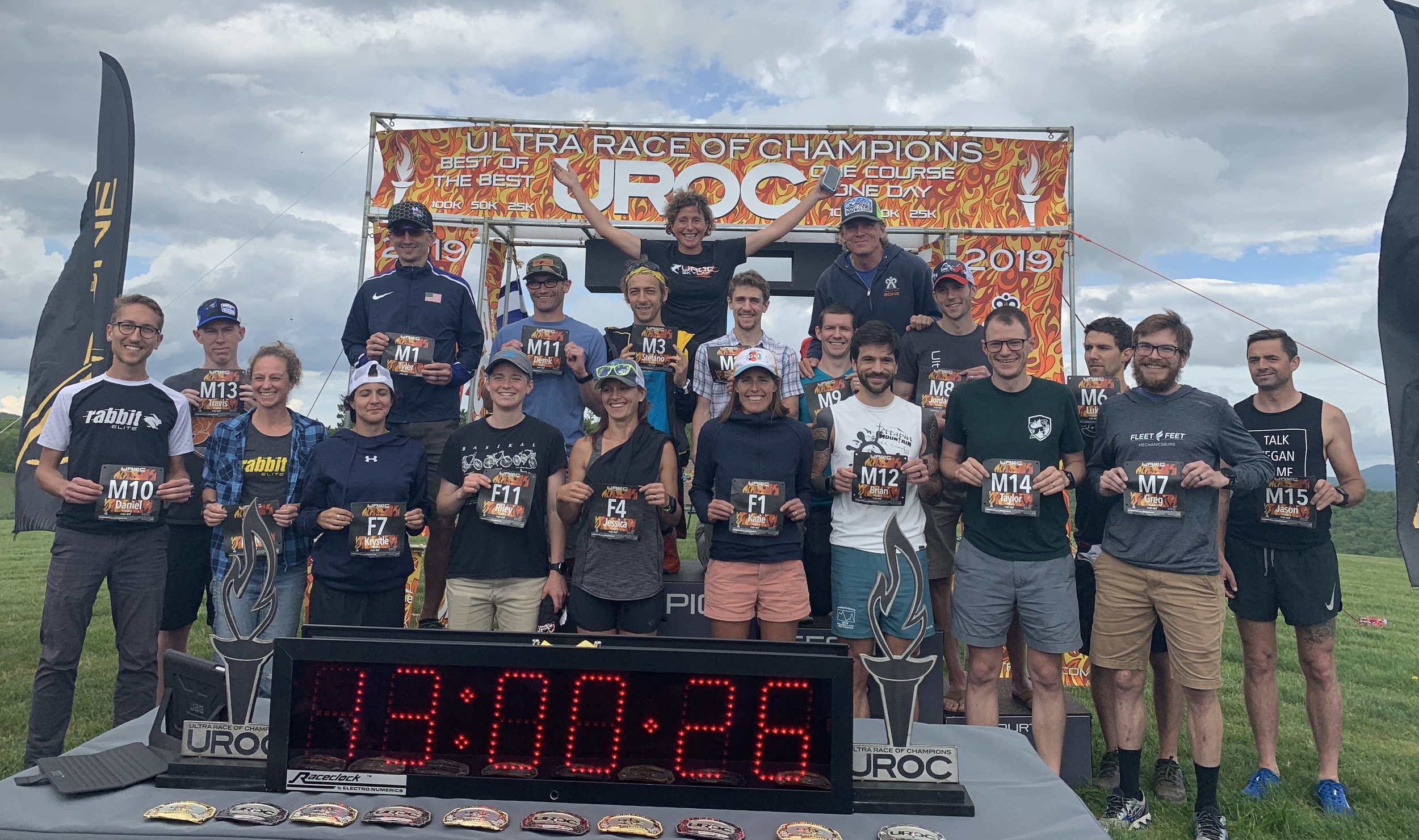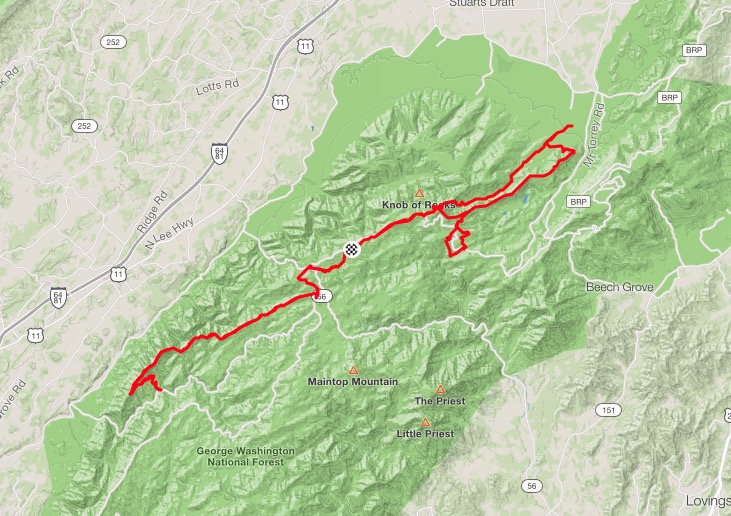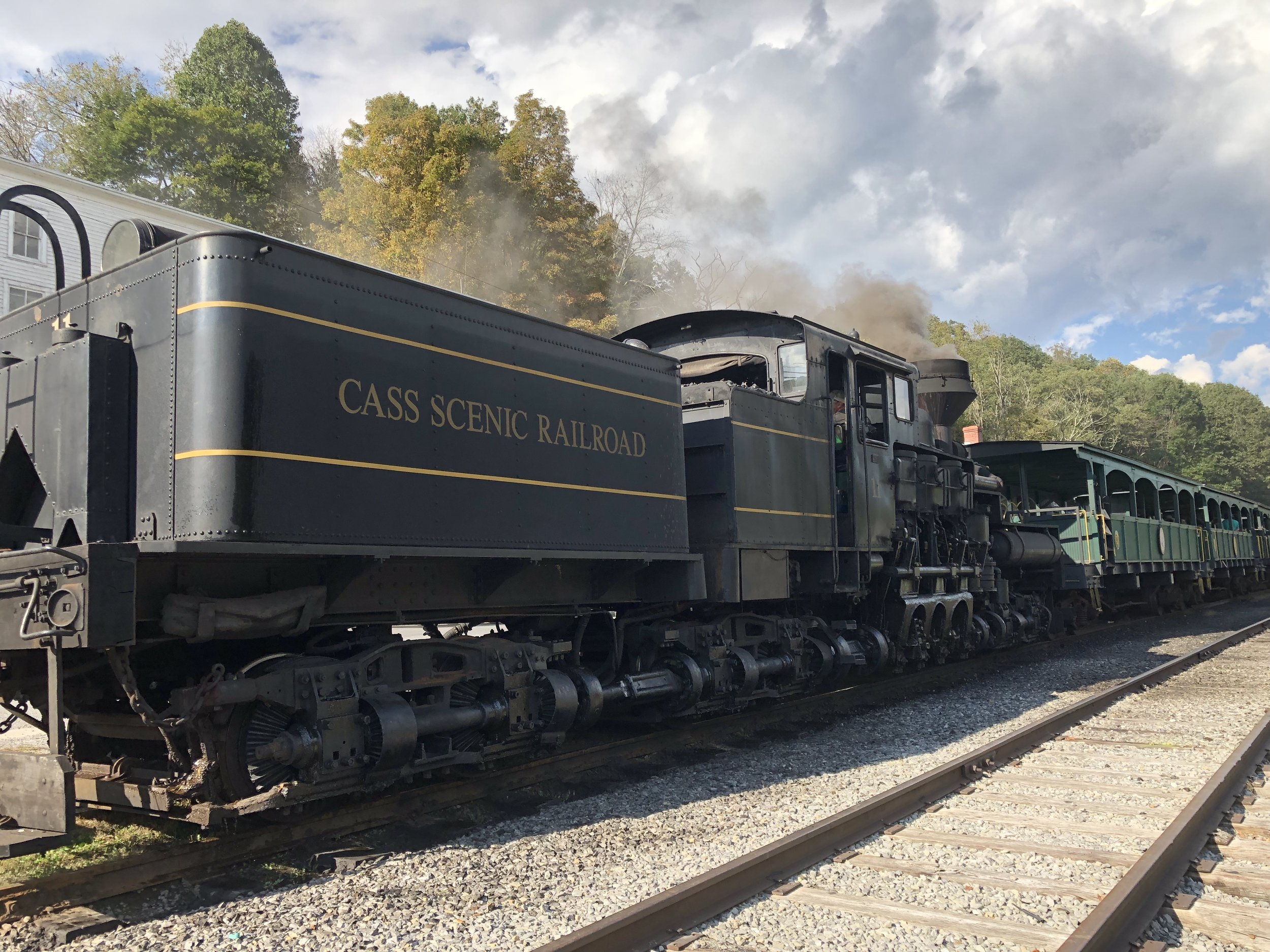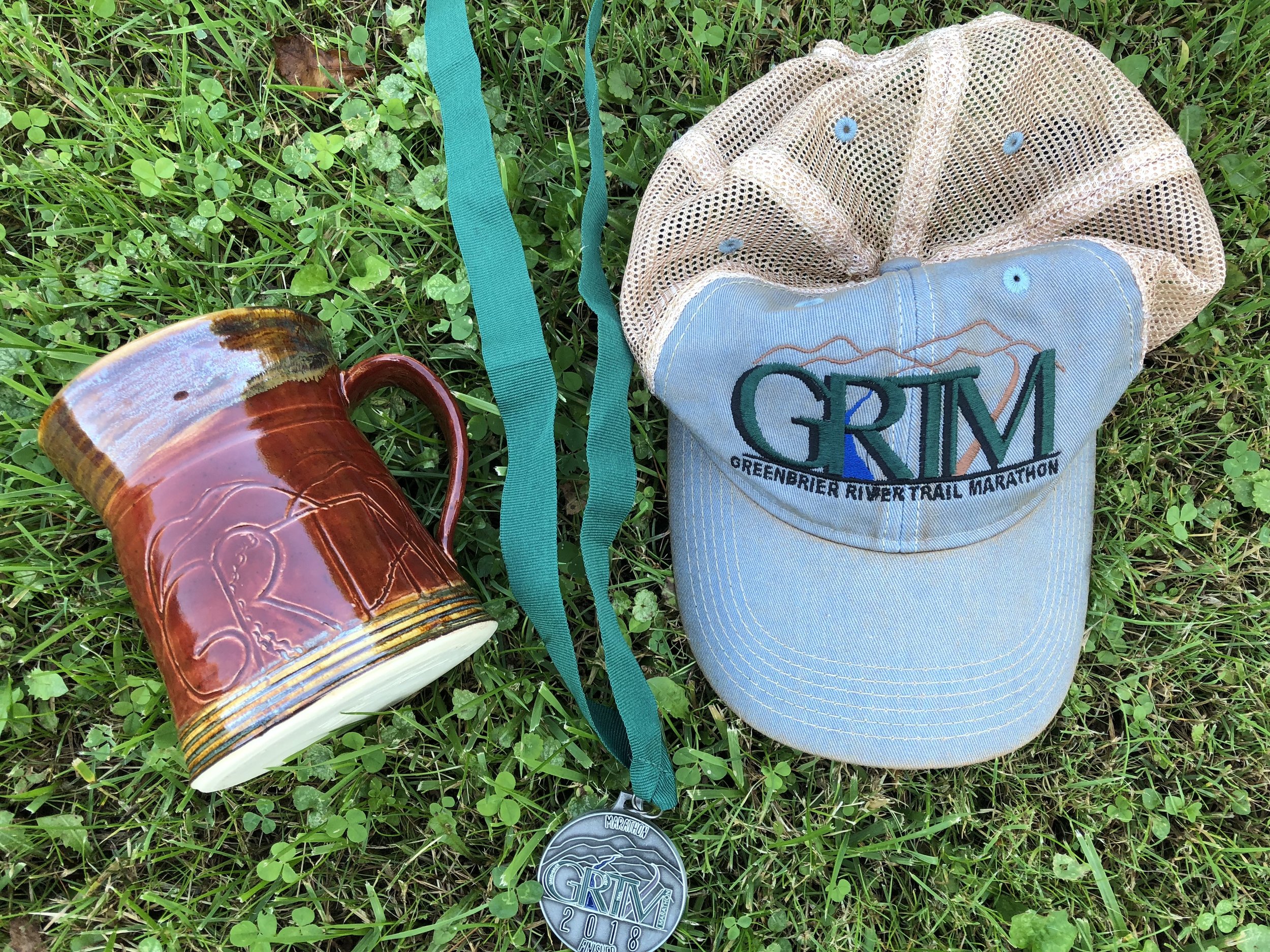Helvetia 10K Mountain Run Race Report
/Last weekend I had the pleasure of heading down to the Swiss-German community of Helvetia, WV for the 25th edition of the Helvetia 10K Mountain Run. It's clear that race director, Dan Lehmann, is devoted to bringing runners to this top-notch, unique event. He goes above and beyond, generously opening his home and encouraging camping the night prior at his farm just 2 miles from the start line.
We had perfect early fall weather for camping and racing - clear blue skies, low humidity and cool temps. My body was not so perfect, however. Earlier in the week my prey-driven dogs decided during a run that my lumbar spine health was less important than chasing DEER! Fortunately, my wife was kind enough to help me dry needle each day and assisted with a couple joint techniques so I might at least have a chance to race. Alas, that’s life.
Once on course, the first mile was easy-peasy flat pavement, mostly on Helvetia-Adolph Road that paralleled the barely trickling Buckhannon River. I soon found myself in fourth position and hoped patience might sneak me into the top three. This faster road pace was thrilling but short-lived. At the mile mark we swung left to cross a wooden bridge onto a gravel road and then a grassy path akin to your favorite cross country course. I thought, "I love cross country!" and about five seconds later, "well, that didn't last long" as the course became Old Helvetia Road, a chunk of rutty, rocky, narrow, rolling dirt adorned with fall's earliest leaf litter, just to make it a tiny bit sketchy. I couldn't worry long about the footing as it soon reverted to a narrow, paved country road guiding us back into Helvetia to complete the prologue.
Once we were back in town, with two miles down, the *mountain* part of the course began. First, it's the more subtle grade of the two-lane, paved Pickens Road for about a half-mile. I had started to reel in second and third place but noted that Andrew Rhodes had already surged off in first. As we went along the rolling and twisting, yet always ascending gravel of Karlow Road, I was happy to slide up into third place, though three of us stayed close together for a couple minutes. We ticked off a country mile before hitting a more severely steepened section of gravel road near Dan's house for another one-third mile where I'm sure a few people questioned their definition of a having a good time on a Sunday morning.
Image courtesy Allyson O’Conner
Now at mile four, we entered the bear's den, Clay Hill, where weakened legs begged me to walk a few steps but I knew it would only prolong the pain of the bear's bite. While it's only two-thirds of a mile more to the top, the remaining climb seems to progressively steepen and degrade, gaining another ~330 feet. None of it is your grandpappy's idyllic smooth singletrack. This is a butt kicker, taking you up a rocky ditch of a trail because water always erodes surfaces at this pitch. You won't drive most vehicles up such a "road" but maybe an ATV or your screaming legs, if you dare challenge the bear. I caught and passed second place Joel Wolpert near the top and hoped to put a little gap between us because I wasn't confident in descending with a tweaked back.
Once we reached the high point, the wide, flat, gravel surface of Zumbach Road greeted my struggling mind. Surely Zumbach means "Zoom Back" in Swiss. The 1.7 mile descent down to Helvetia is a real humdinger, dropping over 660 feet to the finish. I held off Joel's first attempt to pass, but being an experienced racer, he was patient and surged hard further down the mountain. As competitive as I wanted to be, my frontal lobe thought it seemed silly to risk more back stress flailing down such a descent. I was thrilled to finish out feeling good in third place, earning a nice custom handmade pottery piece and the rare red race t-shirt. Not bad considering I couldn’t even put on my shoes and socks two days ago!
This year there were 73 folks who managed to escape the bear’s grasp. The community makes it special - you won’t find anything else like it. Check it out if you like a challenge!







